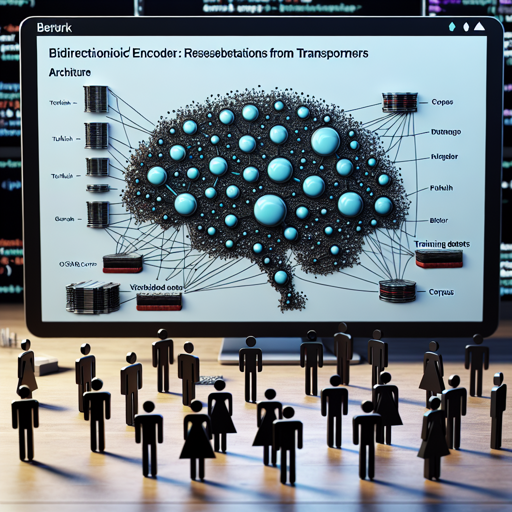The world of Natural Language Processing (NLP) continues to grow, and with it, the tools we use to understand languages. Among these powerful tools is the BERT (Bidirectional Encoder Representations from Transformers) architecture, specifically designed to enhance the understanding of languages in a contextual manner. Today, we’re diving into the world of the Turkish BERT model, aptly named BERTurk.
What is BERTurk?
BERTurk is a community-driven, cased BERT model tailored specifically for the Turkish language. This model is a collaborative effort from the MDZ Digital Library team and the enthusiastic Turkish NLP community, as they combined their resources to create a sophisticated tool for Turkish language processing.
Model Specifications
- Training Datasets: BERTurk was trained on a range of datasets, including a filtered version of the Turkish OSCAR corpus, dumps from Wikipedia, and various OPUS corpora. Additionally, large corpora provided by Kemal Oflazer significantly contributed to its development.
- Model Size: The final training corpus encompasses an impressive size of 35GB, composed of over 44 billion tokens!
- Training Environment: Using Google’s Cloud TPUs, the training was conducted on a TPU v3-8 across 2 million steps.
Downloading and Utilizing BERTurk
The model weights are currently available as PyTorch-Transformers compatible weights. Here’s how you can get up and running with BERTurk:
from transformers import AutoModel, AutoTokenizer
tokenizer = AutoTokenizer.from_pretrained("dbmdz/bert-base-turkish-cased")
model = AutoModel.from_pretrained("dbmdz/bert-base-turkish-cased")Understanding BERTurk: An Analogy
Think of BERTurk as a translator in a library of books. Just like a well-read librarian understands the nuances of various texts, BERTurk comprehends the Turkish language’s context through its vast training on diverse sources. When you ask this librarian a question (or input a text), it pulls from its extensive knowledge to give the most accurate response, factoring in the context just like BERT does while processing language. This ensures that the output reflects the true meaning and sentiment of the input.
Getting Results with BERTurk
If you are interested in results for Part-of-Speech (PoS) tagging or Named Entity Recognition (NER) tasks, you can explore more through this repository.
Potential Issues and Troubleshooting
As with any tool, issues may arise during the usage of BERTurk. Here are some common troubleshooting tips:
- Model Loading Errors: If you encounter issues loading the model, ensure that your environment is correctly set up with the appropriate version of the Transformers library (>= 2.3).
- Memory Issues: BERTurk is a large model, and might require substantial memory resources. If you face memory problems, consider reducing batch sizes or using a machine with more RAM.
- Compatibility Concerns: If you require TensorFlow checkpoints, don’t hesitate to raise an issue on the GitHub page.
For any further insights or collaboration opportunities in AI development projects, stay connected with fxis.ai.
Acknowledgements
BERTurk’s development could not have been possible without the help of numerous contributors, especially Kemal Oflazer for providing additional corpora and Reyyan Yeniterzi for offering the Turkish NER dataset.
At fxis.ai, we believe that such advancements are crucial for the future of AI, as they enable more comprehensive and effective solutions. Our team is continually exploring new methodologies to push the envelope in artificial intelligence, ensuring that our clients benefit from the latest technological innovations.

